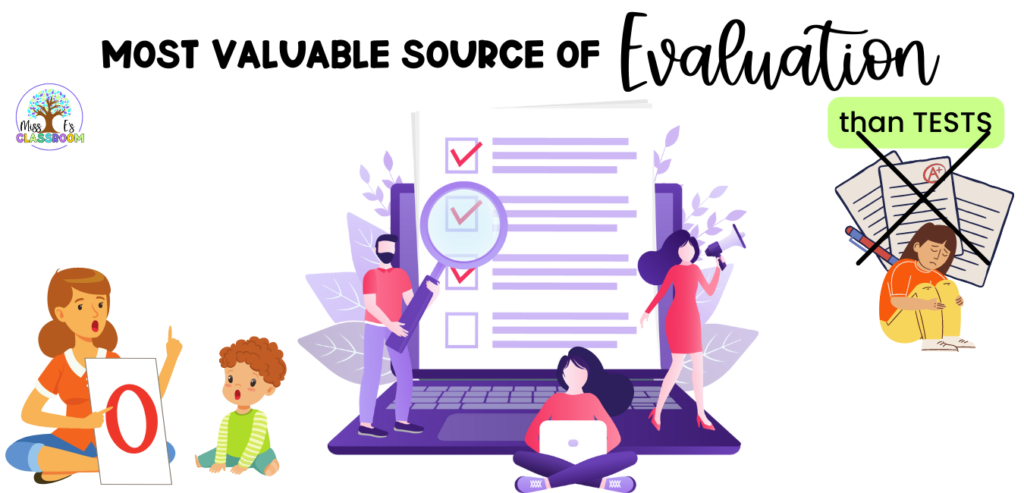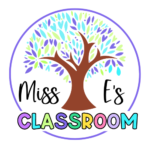Rubrics, journals, portfolios and self-evaluation have proven being most valuable sources to get a more accurate idea of our students’ performance rather than traditional tests.
Have you ever felt that tests are unimaginative, stressful or even inappropriate assessment instruments for your children? Would you like to have other options but you don’t know which are the best according to your young learners’ characteristics? In today’s article, you’ll find several valuable suggestions you could take into consideration for your ESL/EFL lessons.

If we want to have a comprehensive and reliable evaluation of our children’s performance and attitudes, we should have a variety of resources different from tests. The first and maybe most neglected evaluation form is the initial or diagnostic one. It is essential to identify our students’ needs, interests, learning styles, strategies and previous knowledge before starting planning our classes. Questionnaires are fantastic to apply at this moment. These can be adapted to our kids’ ages: from mixing questions with emoji symbols to multiple choice or open questions. Based on what we find through these questionnaires, we’ll be able to select the most suitable material, methodology and strategies for our classes.
Another common situation is that we are usually so focused on the results that we forget to most essencial part “the process.” This is fundamental if we want to monitor our students’ progress. However, how can we accomplish this goal? The answer is turning formative evaluation tools into our only evaluation tools or most reliable, at least.
Observation instruments such as journals and checklists allow us to have a more extensive and detailed understanding of our young learners’ performance. They are a rich source of insight and feedback on our children’s learning. Before anything can happen, we must have a clear focus and be organized in regard to the aspects we are going to record such as our students’ skills and contents developed and achieved. Checklists are quicker to use and allow a systematic observation of expected learning objectives. In addition to checklists, rubrics are very helpful and can cover a wide range of aspects when assessing language skills and procedures.
It is always advised that rubrics and checklists can be provided to students before starting a learning task so that they know in advance what is expected from them; moreover, they could well constitute guides to show the children what they have to work on.

These two tools can also be used to foster self-evaluation assessment in children, which is sometimes another forgotten and underestimated evaluation method in the ESL/EFL/ELL classrooms. When talking about self-evaluation, we can’t think of just asking our learners to give themselves a mark. That would be unfruitful. We have to make this systematically, following some steps that allow the students to reflect on their learning with confidence. First, we should create awareness in our children about the value of self-assessment as well as how it will help them and their teachers to see their learning and progress. Second, we should explain the expectations for the tasks to be done. Third, while the children carry out the tasks, they should compare their performance with the expectations. Fourth, the students should compare their self-assessment with their own evolution. Finally, the children should be given the opportunity to revise and improve their tasks (Andrade and Valtcheva, 2009).
And my FAVORITE ones, the portfolios. They consists of a collection of each students’ work put together in a file, ring binder or any other resource created by imaginative teachers (I even once read about pizza boxes customized for this purpose). They provide important benefits to both students and teachers as they see how they progress towards their goals and reflect about it. For me, this is pure gold!


